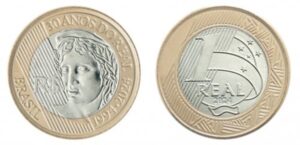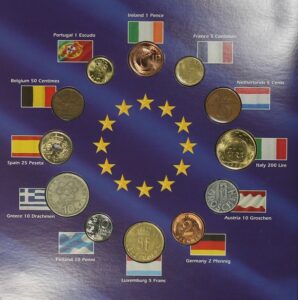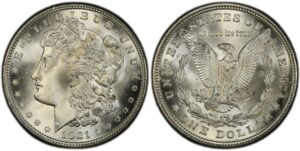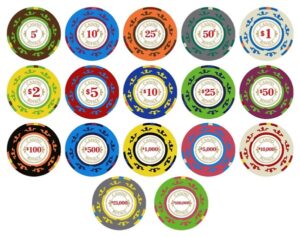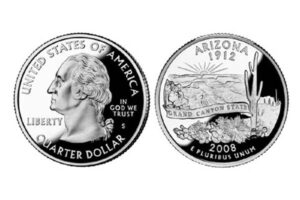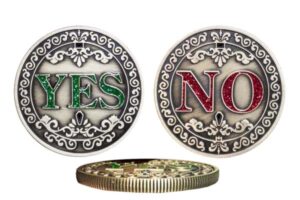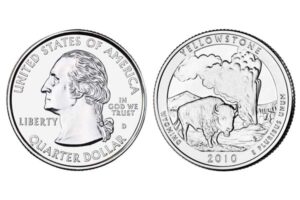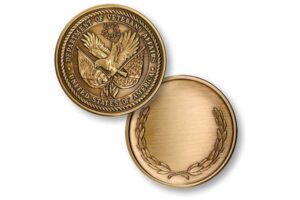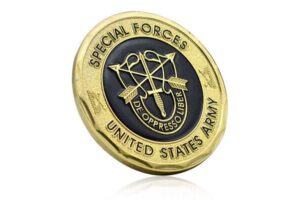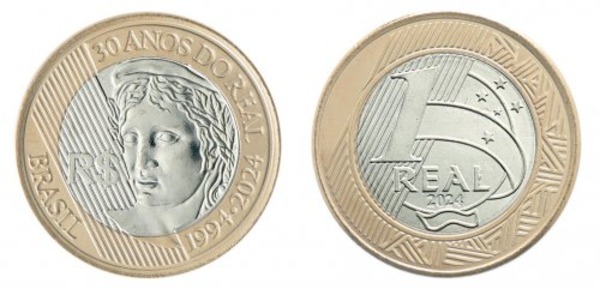
When clients ask "how much is 1 Brazil coin?", they're often surprised by my answer. The value depends on three factors: denomination type, material composition, and collectible status. Let me break this down through 12 years of metal crafting experience.
The value of 1 Brazilian coin1 ranges from R$0.05 to R$5000+ depending on type. Circulating coins (5¢-R$1) use stainless steel/zinc alloy. Commemorative coins (R$2-R$5000+) feature precious metals and limited editions.
Last month, a collector paid $1200 for a 1998 R$1 "Brasil 500 Years" proof coin at auction. This shows how context changes everything in numismatics.
What are the current coins in Brazil?
Brazil's Central Bank circulates 6 coin denominations as of July 2024. These form the backbone of daily transactions.
Brazil currently uses 5¢, 10¢, 25¢, 50¢, R$1 coins. The R$1 coin features the Republic's effigy, while smaller denominations display national symbols like armadillos and stars.
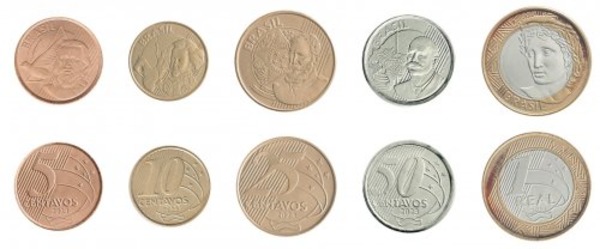
Technical specifications table
| Denomination | Material | Diameter | Weight | Edge Type |
|---|---|---|---|---|
| 5¢ | Steel | 17mm | 2.43g | Suave |
| 10¢ | Steel | 18mm | 3.59g | Reeded |
| 25¢ | Steel | 20mm | 4.80g | Segmented |
| 50¢ | Brass | 22mm | 6.80g | Reeded |
| R$1 | Bi-metal | 27mm | 7.48g | Lettered |
The bi-metal R$1 coin (stainless steel center + brass ring) uses advanced bonding technology we've mastered since 2015. Many clients request similar dual-tone effects for custom medals.
What coin do they use in Brazil?
Brazil's official currency is the Real (BRL)2, established in 1994. The coin system combines practical design with cultural storytelling.
Brazil uses the Real (BRL) with coins from 5 centavos to R$1. Special commemorative coins3 (R$2-R$5) celebrate events like Olympics or anniversaries, legally valid but rarely circulated.
3 key security features
- Micro-lettering on higher denominations
- Latent image technology on R$1 coins
- Unique electromagnetic signature for vending machines
We replicate these security elements for clients needing anti-counterfeit features. Our laser engraving achieves 0.1mm precision - crucial for micro-details.
What is the genuine Brazilian coin?
Authentic Brazilian coins have specific markers. As a manufacturer meeting Central Bank standards, I'll reveal how to spot fakes.
Genuine Brazilian coins show exact weight (±0.02g tolerance), sharp edge lettering, and correct star alignment. The mint mark (Casa da Moeda) appears under magnification on all official issues.
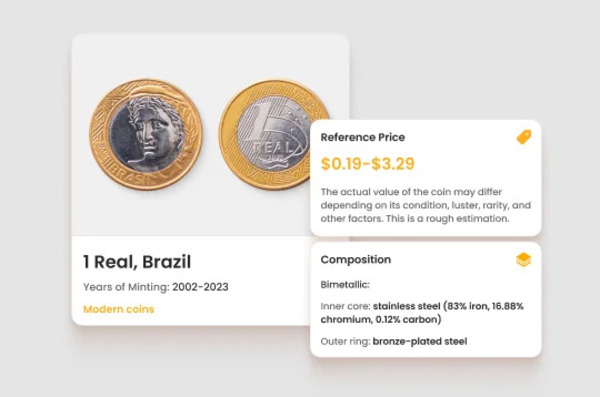
Common counterfeit indicators
- Incorrect metal density (test with magnet)
- Blurry national coat of arms
- Mismatched edge patterns
- Missing micro-engraved serial numbers
Our factory uses XRF testers to verify material composition - the same technology banks use. This ensures any custom coins we produce meet exacting authentication standards.
Crafting Legacy: Precision Meets Passion
For educators and collectors needing authentic replicas, our Shenzhen facility creates museum-grade pieces. We recently produced 5000 Tudor dynasty coins for British Museum shops using:
- 2.5µm gold plating (10x standard thickness)
- Patina aging techniques
- Edge lettering with historical accuracy
Whether you need Portuguese colonial replicas or modern commemoratives, our ISO-certified process guarantees numismatic precision. Client Diego Martinez used our 2016 Rio Olympics dies to create anniversary editions - now sold in 12 Brazilian stadiums.
Conclusão
Brazilian coins tell a story of economic stability and cultural pride. From everyday R$1 coins to rare commemoratives, each piece reflects meticulous craftsmanship - a standard we uphold in every custom order.
-
Understanding the value of Brazilian coins can enhance your numismatic knowledge and investment decisions. ↩
-
Exploring the Real (BRL) will provide insights into Brazil's economy and currency system, essential for travelers and investors. ↩
-
Discovering commemorative coins can reveal unique cultural events and historical significance, enriching your collection or knowledge. ↩

